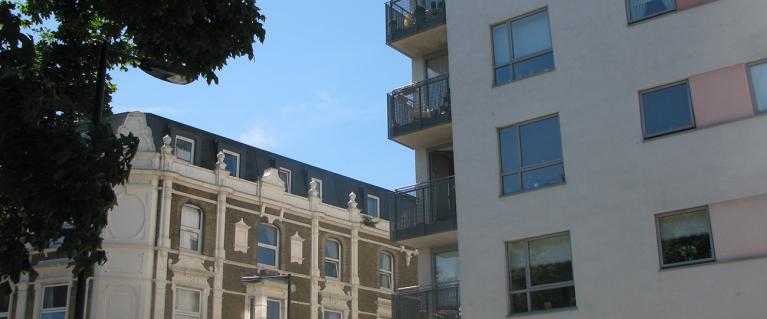
London rents map
The London Rents Map shows average monthly private sector rents for different types of home across London. Search the Rents Map by entering a location and a property type in the box below.
The data on average rents is given at postcode district level (SW19 or E7, for example), and is based on a sample covering the last 12 months. It therefore does not fully reflect the most recent short-term trends in the market. If there are too few rents in a postcode district to make a reliable estimate of average rents (e.g. parts of Westminster) the borough average is imputed. This is marked with an asterisk in the data pop-up boxes.
The map is updated quarterly; the latest update was on 31 July 2023 and contained data for the year, April 2022 to March 2023.
Definitions and methodology
The Office for National Statistics (ONS) data used to produce the London Rents Map is based on market rents from private rented sector lettings by the Valuation Office Agency. Landlords, agents and tenants across England contribute this information. It is mainly used to help Rent Officers provide valuations for Housing Benefit purposes and Rent Act 1977 Fair Rent registrations. Rent Officers continuously evaluate and refresh lettings data to provide a representative sample of the private rented sector, and track the market.
For this site, the ONS has provided combined sample data on median, lower quartile and upper quartile monthly rents for each property type, postcode district (e.g. SE1 or N19) and borough in London. Combinations of property type and area (e.g. three bedroom properties in SE1) that have fewer than five examples in the sample are excluded for data confidentiality.
The figures used in the London Rents Map are now published by the ONS as user-requested data at the same time as they are provided to the GLA.
Room
Non self-contained single room with shared facilities. Includes bedsits, single rooms in a house or flat shared with other tenants, and single rooms rented from a resident landlord.
Studio
Self-contained one room property with own kitchen and bath/shower/wc facilities.
One bedroom, two bedrooms, three bedrooms, four+ bedrooms
Self-contained properties including houses, flats and maisonettes.
Median
The middle value in a range of numbers, or the value that separates the higher half of the range from the lower half.
We decided to use the median because it is not distorted by very high values at the top of the range.
Lower quartile
This is the value that separates the lowest 25 per cent of a range of numbers from the remaining (higher) 75 per cent.
Upper quartile
This is the value that separates the highest 25 per cent of a range of numbers from the remaining (lower) 75 per cent..
The data covers the last 12 months, which tracks trends in rent while smoothing out short-term fluctuations.
As the data covers the most recent 12 months available and is based on a sample of private lettings it should only be interpreted as indicative of rental market patterns across London rather than a precise predictor of the current market. Market conditions can fluctuate greatly across London's many localised and specialist markets. Neither the ONS nor the Greater London Authority takes responsibility for decisions taken as a result of data shown here.
The data is not suitable for trend analysis, as it is not drawn from a statistical sample and does not consist of tracked properties. The ONS has developed an experimental index of private rents, which is created from a balanced statistical sample and is suitable for trend analysis at the national and regional level.
The figures used in the London Rents Map are now published by the ONS as user-requested data at the same time as they are provided to the GLA. However, these figures not comparable with the ONS's releases on the private rental market. Both use the data collected by VOA Rent Officers from landlords and letting agents, but the sample and methodology used to produce the figures is not the same.
Any queries on the sample or methodology should be directed to the ONS.